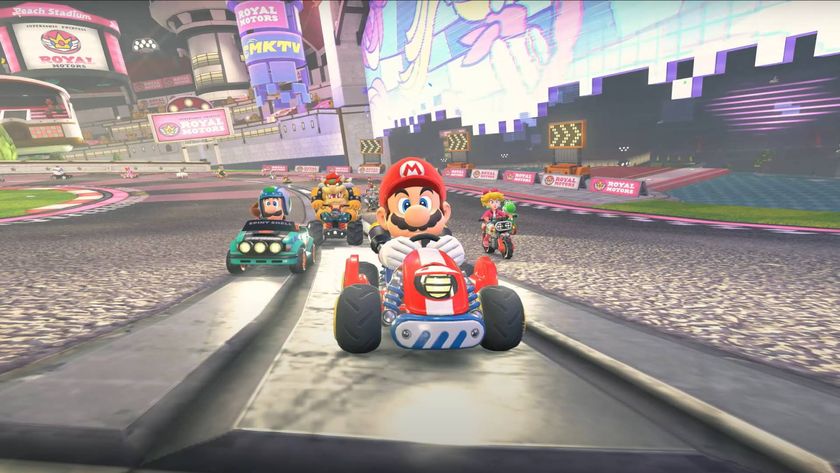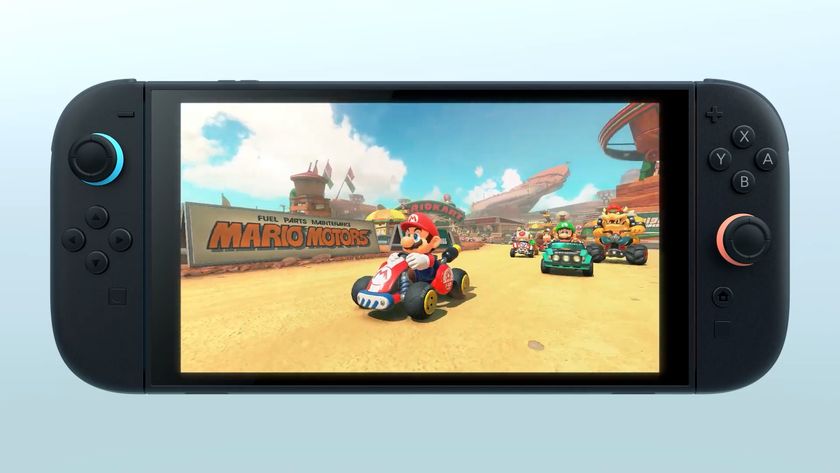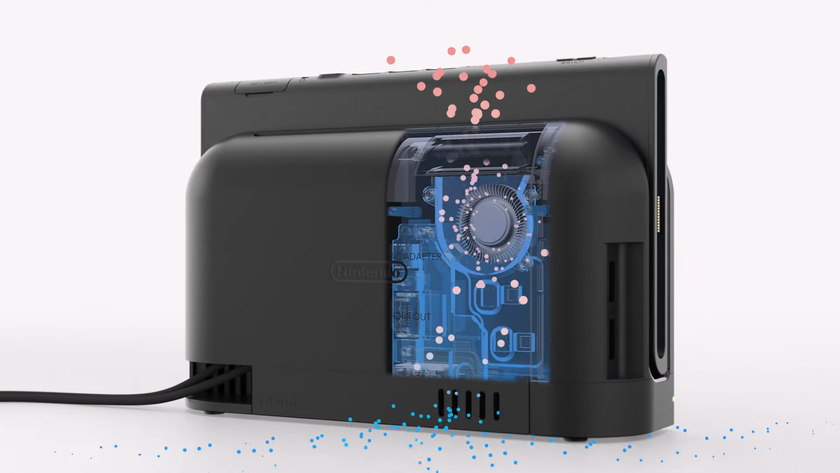7 copycat games that improve on classic titles
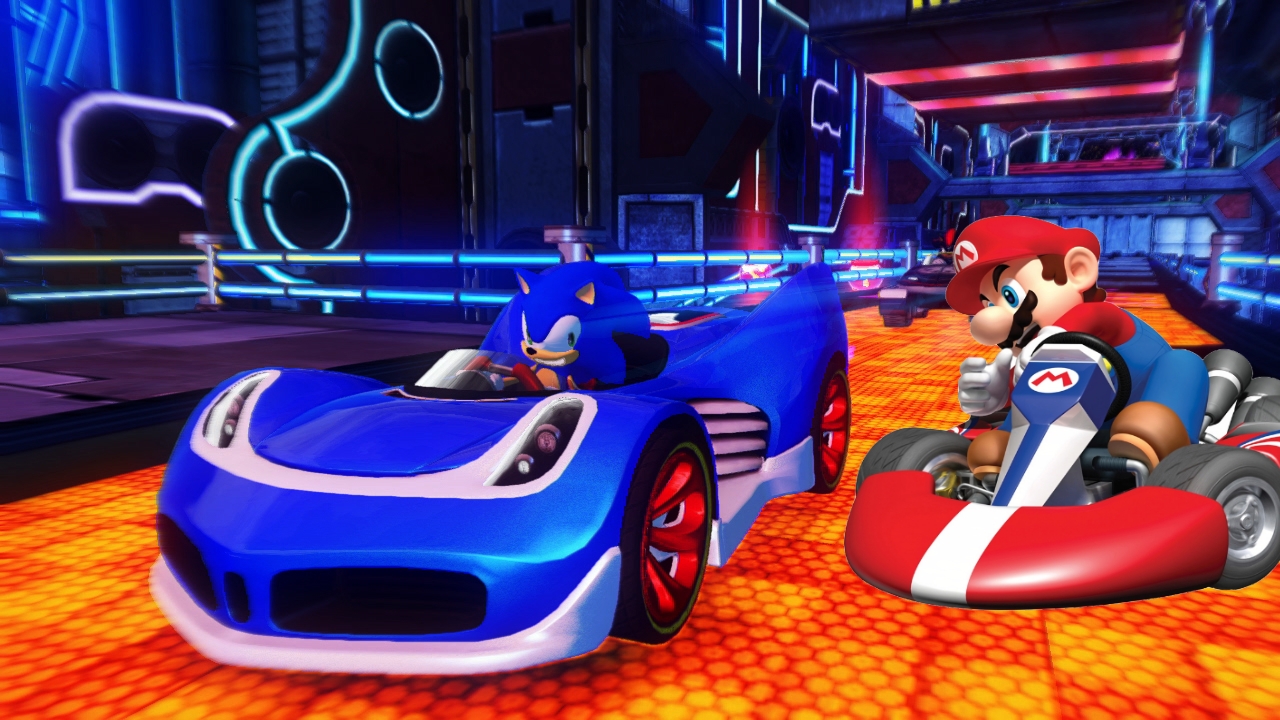
Copy, paste, annihilate
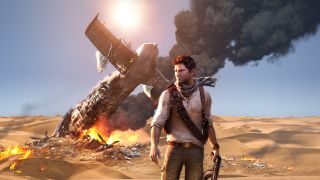
To the hardline cynic, it may appear that every single game in creation is some form of knock-off, copy or crude imitation. After all, plenty of games share similar elements. However, the blatant knock-offs are often budget games that limp onto iOS or Android, away from the prying eyes of discerning players (Flappy Bird clones, anyone?).
Nevertheless a good idea is a good idea, and some reputable titles will occasionally appropriate the best bits of their rivals in order to create a better game. Of course, some properties reveal that inspiration more clearly than others. Today's list looks at seven instances where one of these obvious imitators bucked the trend and actually improves upon its muse in some way. Some offer small enhancements, while others mark a major change. In either case, it's important to recall that they aren't necessarily better titles, but simply classic examples of video game evolution.
Sleeping Dogs improves upon GTA 4

Similar how? One is the undisputed don of the sandbox crim-sim. The other is a Hong Kong-set contender. Both feature plenty of free-roaming fracas, with bad language and blood in abundance. Unlike the typically madcap Saints Row series however, both titles opt to play it straight, eschewing silliness (for the most part) in favour of a taught and grimy vibe.
What does it improve? Sleeping Dogs may have had four years on its titanic adversary (developmentally-speaking), but the game also sports a sizeable number of innovations... innovations that in many cases have still yet to be bested (and that includes the all-conquering GTA 5). Dogs successfully introduced the godsend concepts of checkpoints, easy restarts and a hybrid version of Arkham's acclaimed fighting system. Lead character Wei Shen also proves to be a much more manoeuvrable protagonist than the likes of Niko, Luis and Johnny, utilising a simple free-running system and an always-entertaining car-jack mechanic.
Sonic Racing Transformed improves upon Mario Kart 7
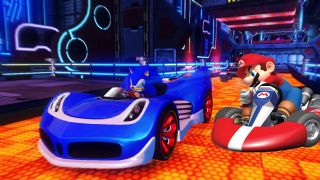
Similar how? Two bona fide gaming icons take to the racetrack in an array of brightly coloured miniature vehicles. Both make use of a boost-building drift mechanic and a wide array of status-stalling weaponry. Rosters are comprised of franchise mainstays, with friend and foe alike both competing to secure an all-important podium finish.
What does it improve? Though not quite as polished as its kart-heavy kin, Sonic & SEGA All-stars Racing: Transformed still presents a welcome suite of tweaks. Improvements range from a more fleshed-out, engaging set of mini-games to the addition of a 'blue shell slapping' defensive power-up. Not only that, but as the game's overlong title might suggest, every vehicle comes complete with three distinct modes of transport, allowing players to take to the skies or sail the seas as the ever-changing tracks demand.
Mortal Kombat 9 improves upon Street Fighter 4
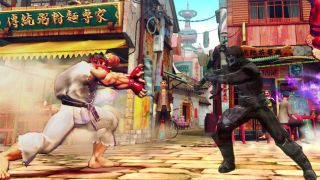
Similar how? These heavy-hitting fight titles both made their names in the early '90s, with Capcom's Street Fighter series being considered the more technically challenging of the two. By contrast, the Mortal Kombat franchise tends to rely upon pure, gory spectacle to attract fans, supplementing an otherwise unremarkable battle system with plenty of flesh, blood and guts. While both sides traditionally occupy very different ends of the spectrum, MK's kreators are now seen to be closing the gap on SF's supreme technicality.
Sign up to the 12DOVE Newsletter
Weekly digests, tales from the communities you love, and more
What does it improve? Despite major progress, MK still has some way to go before challenging the might of Street Fighter. There is however, one area in which this brutal series scores a near-flawless victory: its narrative. While most major competitors tend to concoct ludicrously elaborate back-stories--before quickly skimming over such sequences--MK (2011) bucks this trend with the introduction of a fun, simplified rehash of the franchises' biggest beats. It's no accident that YouTube videos compiling these cutscenes have been watched by many millions of people.
Tomb Raider (2013) improves upon Uncharted 3
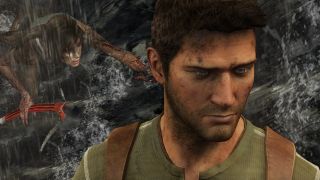
Similar how? These two properties represent the high king and queen of relic hunting. Both feature attractive adventurers risking life and limb in pursuit of ancient artefacts, with plenty of gunplay, puzzlement and mountaineering challenges thrown in. While Tomb Raider may have kicked off the initial contest, it was Naughty Dog's Uncharted series that truly shone on the seventh-gen systems. Thankfully, fans didn't have to wait too long for Lara to receive a second, grittier reboot.
What does it improve? From imitated to imitator, Tomb Raider's 2013 comeback is widely compared to a Nathan Drake adventure. Its improvements are subtle but many (though some remain a simple matter of taste). TR's hub world of Yamatai feels far less linear and disparate than the isolated chapters of Uncharted, resulting in a superior level of exploration. Likewise, the game's scavenge and upgrade system also allows for a greater sense of depth and attainment. Where narratives are concerned, Lara's plight certainly feels more grounded (at least initially), whereas Drake--for all of his many dances with death--still swaggers through adversity like a super-powered action star.
Dead Space improves upon Resident Evil 4
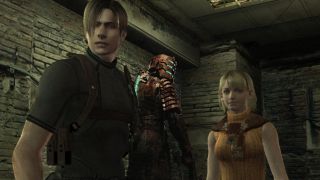
Similar how? Resi 4 helped popularise the concept of the over-the-shoulder shooter, a slower-paced actioner viewed from a close third-person perspective. This concept has proven particularly popular within the action and horror genres, with EA's grisly Dead Space series representing both. Like Resi, the original Dead Space takes place in an isolated and unusual environment, wherein a mysterious plague has begun to contaminate the populace. Enemies sprout sharp, tentacle-like extremities that must then be forcibly removed from the body. Oh, and there's a nasty, no-good cult involved.
What does it improve? Like many of the entries on this list, Dead Space's designers certainly had plenty of time to improve upon Resi's example (not that this stops most imitations from being utter tripe). That being said, it's a testament to the game's iterative quality that the folks behind Resi still haven't been able to catch up. Enhancements include an uber-satisfying dismemberment system, allowing players to shear off enemy limbs at will, as well as the absence of any-and-all annoying escort missions.
Vanquish improves upon Gears of War
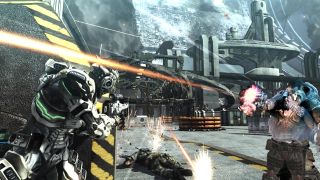
Similar how? If Resident Evil 4 rewrote the rulebook on third-person shooting, then the Gears of War franchise fine-tuned it to perfection. Bombastic, action-heavy perfection. Vanquish appeared on the scene in late 2010, exhibiting many similarities to Epic's testosterone-fuelled opus. Parallels include an abundance of grunting machismo, steroid-pumped soldiers, and cover-based shooting. Players take to the field in advanced combat armour, before mowing down wave-after-wave of identikit enemies. Regular ranged combat is then broken up by the occasional boss battle, and risky, yet oh-so-satisfying melee attacks.
What does it improve? In a word: mobility. Where Marcus Fenix and company choose to use the head-bobbing roadie-run, Vanquish's Sam Gideon has another, altogether more speedy solution. Gid's Augmented Reaction Suit allows him to skid across the field of battle like a one-man fighter jet. The technology also allows the player to make use of a limited bullet time window, with elite users able to burst, flank, destroy and return to cover in a flash. Once you've traversed the trenches on a pair of super-powered rocket-skates, lugging your legs into cover just feels a tad sad.
Okami improves upon The Legend of Zelda

Similar how? Simply exchange Hyrule for ancient Japan, and the unassuming Link with wolf god Amaterasu, and you pretty much have the formula for Capcom's Okami. Like Link, Ammy is also fated to destroy an ancient evil, a dark and timeless foe bent on corrupting the entire world. Similarly, neither hero can actually speak, often depending instead upon some quirky sidekick to do the talking.
What does it improve? Whether you prefer Zelda's vibrant tones to Okami's swirling watercolours is a decision all your own. Likewise, the plotting, characters and general vibe of each title. Is one truly better than the other, or are they simply different-but-equal? When it comes to discussing combat however, Okami exhibits several key improvements (even if the motion controls can prove tricky). For one, melee options are far deeper, providing players with a rich array of combos and a quick-fire projectile system to put Link's old slingshot to shame. Then there's the game's celestial brush, a mechanic that encourages players to draw shapes on the screen in order to invoke specific spells. Together they make for what is, at times, a more involving battle system than any of Zelda's admittedly enjoyable scraps.
Cool (copy)cat
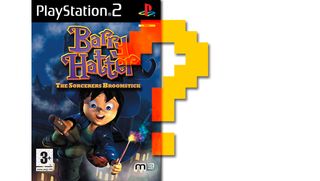
Where do you draw the line between imitation and outright plagiarism? Oh, right, see the image above. But can a game that owes so much to another property really be considered superior? Have your say in the comments section below, and be sure to verbally castrate me for any particularly silly picks! Adios!

